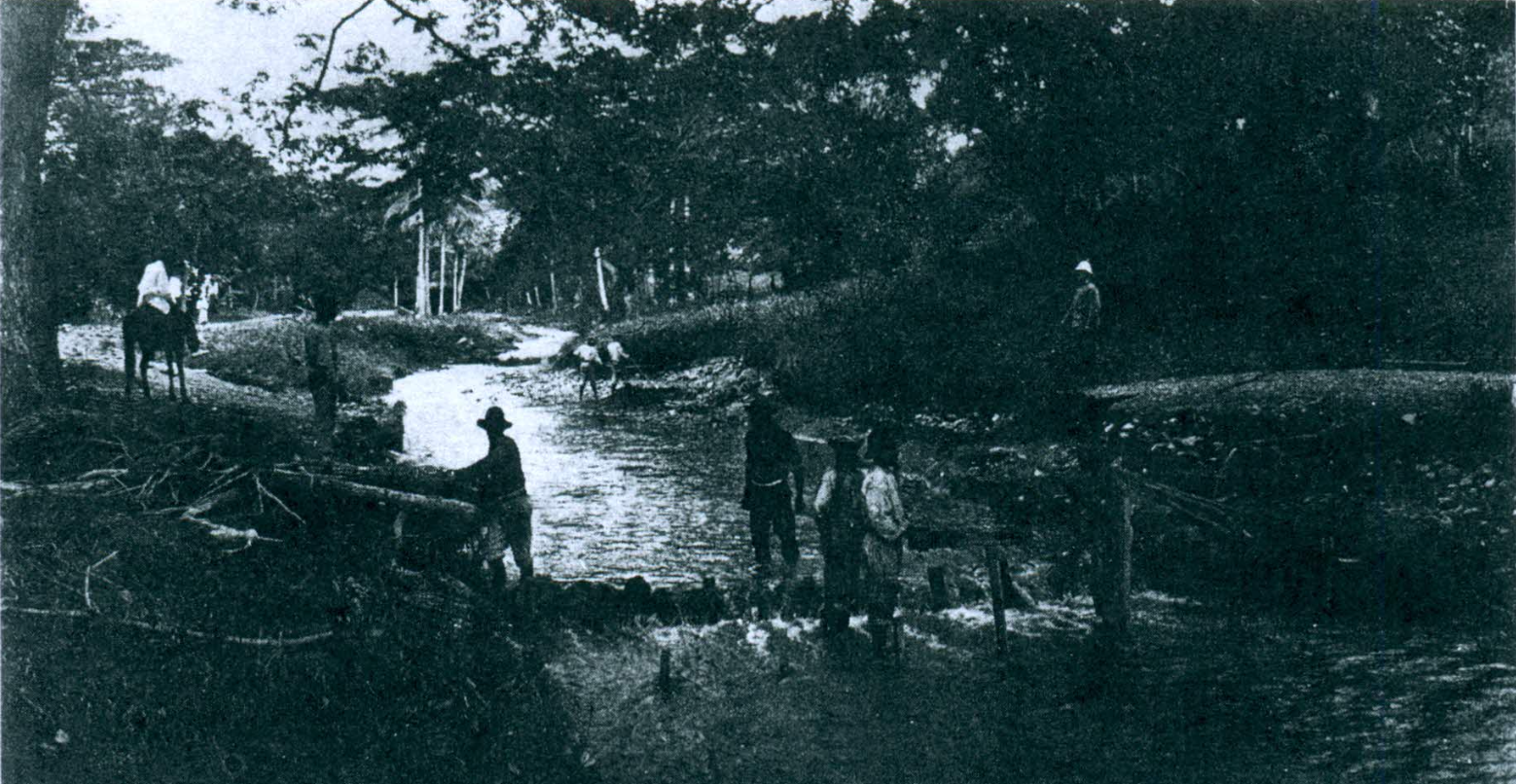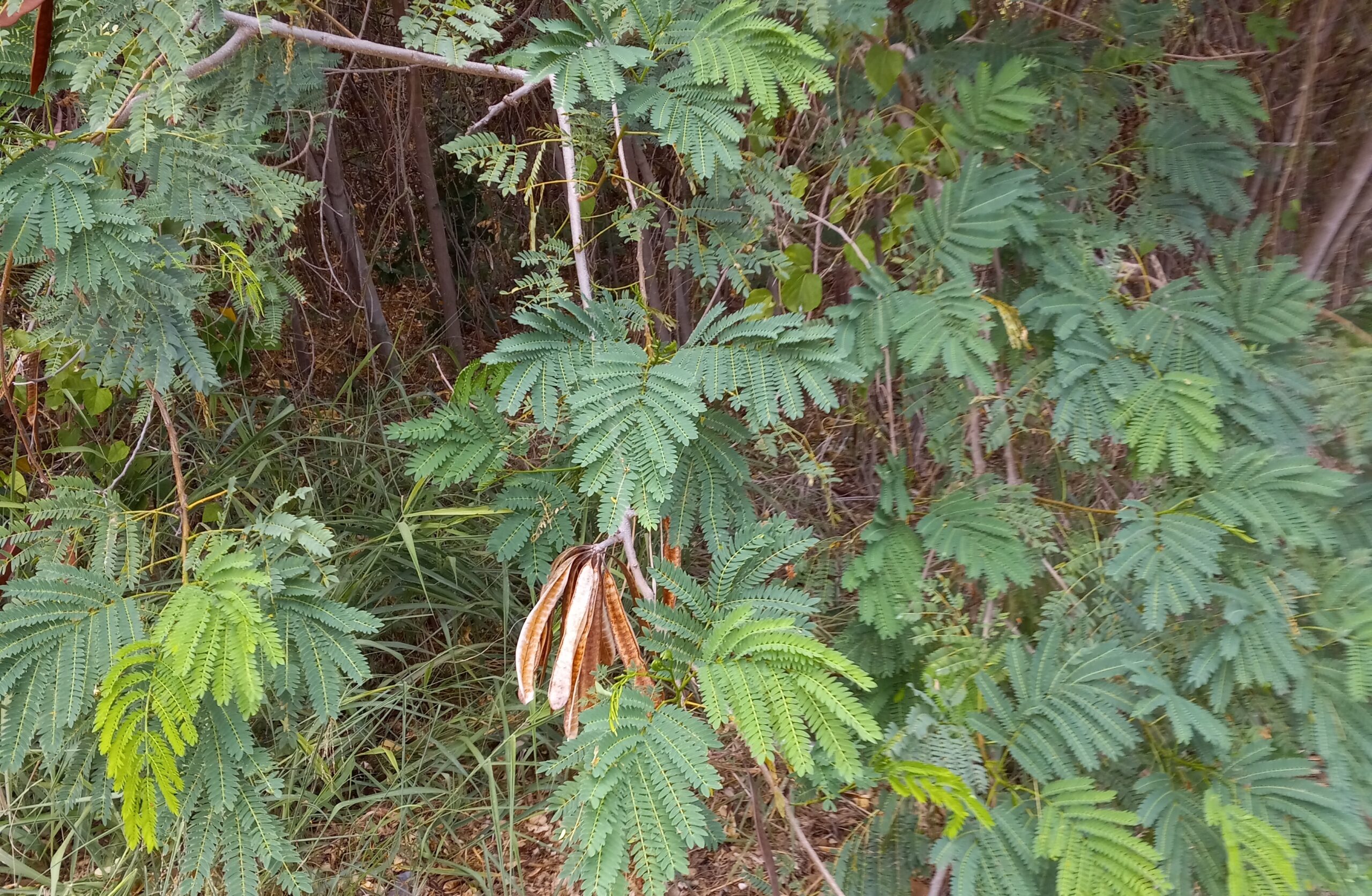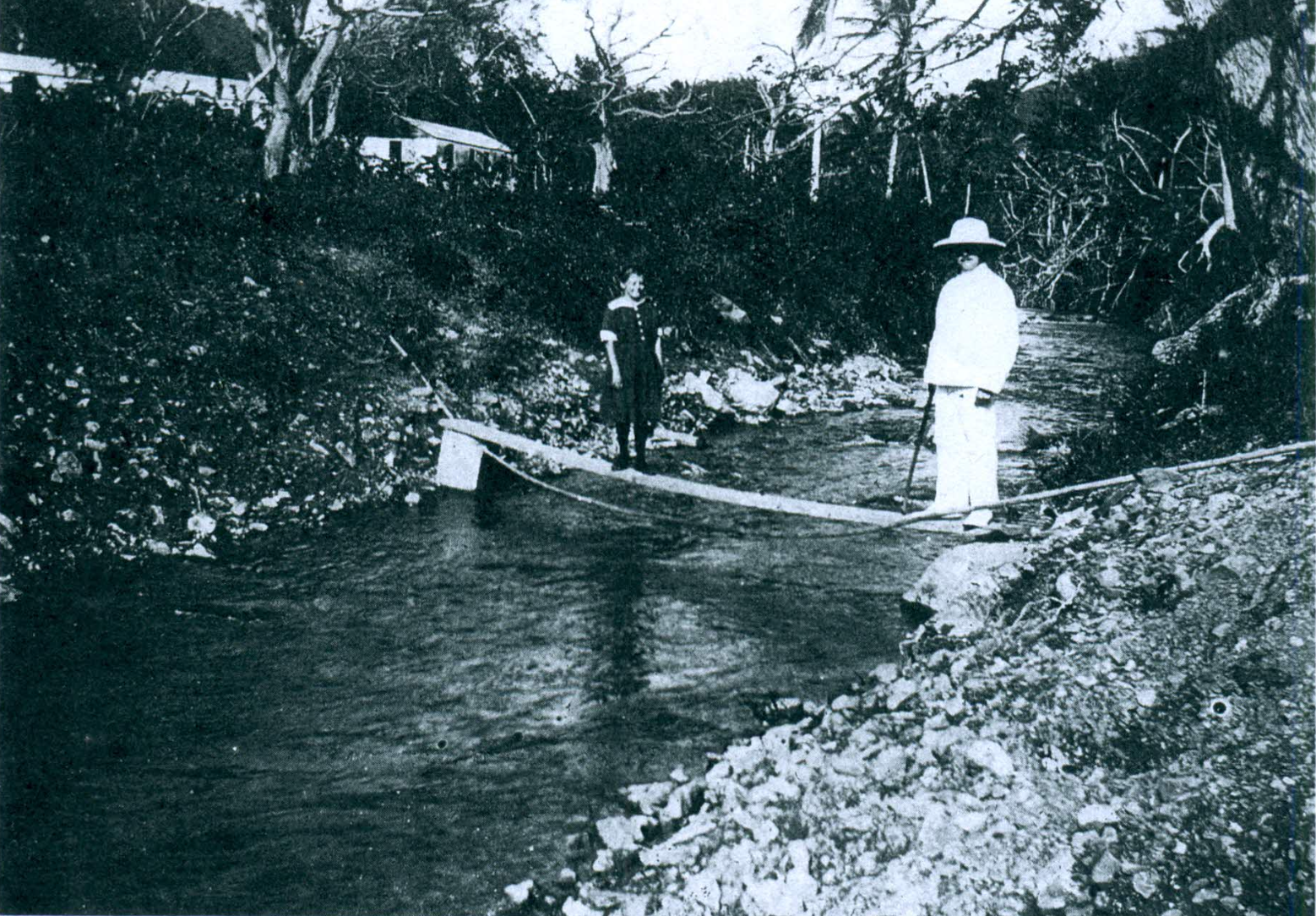
“On St. Croix, the most noteworthy among the seven large streams, which far inland, are Salt River on the northside, and Lagrande, or actually Lacgrandi in the west end. On the other two islands, the streams are much less significant, running for the most part down only among the rock,” noted Christian Georg Andreas Oldendorp, a Moravian missionary who visited St. Croix in 1767. Oldendorp claimed there were no real rivers to be found in the Virgin Islands other than large and small streams.

Oldendorp was referring to rivers like he saw in Europe that ships or boats traverse. In the Caribbean region, there are no large rivers like in Europe, but large streams, small rivers, and guts that make their way to the ocean. From a historical point of view, Oldendorp’s writings of the Virgin Islands in reference to guts and streams gave us an ecological understanding of how forests connect to underground and surface water. By the time Oldendorp visited the Danish West Indies in 1767, deforestation was widespread, having a negative impact on underground and surface water.
This fourth part in my series on guts in the Virgin Islands will focus on why streams went dry in the Virgin Islands. In Oldendorp’s writings, he mentioned that some guts “dry up almost entirely in the dry season; and others, during the rainy season swell to such an extent that they can scarcely be crossed.” There are many historic documents of what happened to the native forests of the Virgin Islands. I wouldn’t bore you with the information.
However, I would say this: When there is a presence of forest lands, the soil acts like a gigantic sponge storing vast quantities of water that is used by trees and plants and is released slowly into streams and rivers. As with soil acting as a sponge, forest canopies also play an important role in reducing raindrops, which allows the water to percolate into the underground streams, causing water to flow above-surface.
Deforestation limits the storage capacity of this sponge, leading to water shortages during the dry season and in the rainy season causing destructive floods during which very little water is absorbed by the soil. Scientific research suggests that forests may have an effect on climate through their influence on rainfall patterns, surface reflectivity and other meteorological variables.
The disappearing of our native forests had a tremendous hydrological change on guts, streams, and small rivers of the Virgin Islands. This is evidenced by many historical records by those who wrote the early colonial history of the Virgin Islands. There are other factors that influence stream flow such as trade winds and warm temperatures, but deforestation plays a major role in the climatic changes and land use patterns of why streams dry up in the Virgin Islands. For example, Alfred Edmund Ricksecker, a botanist by profession who collected plant specimens in the 1890s on St. Croix, talked about the drying up of streams when he visited the island in the summer of 1895.
Ironically, Oldendorp mentioned in his 1767 writings that guts almost entirely dry up during the dry season, which is about 128 years before Ricksecker collected plants on St. Croix in the 1890s. Ricksecker noted, “The forests that once covered the hills of the east end have disappeared and the young trees which would naturally spring up are injured by the goats, so that no forests are likely to exist there. The effect of this forest disappearance on the rainfall has been marked. Some of the guts (small streams) near Bassin (Christiansted) that were perennial fifty years ago are now dry during the greater part of the year.”

It is thought by many that the declining agricultural use of the land, especially on St. Croix, and consequent growth of deep-rooted, heavy water-using plants such as invasive species plants as tan-tan (Leucaena leucocephala) and casha (Acacia sp.) have eliminated the base flow of our perennial larger streams year-round. In other words, these deep-rooted plants take a tremendous amount of water from underground and subsequently the water is lost through evaporation (the leaves of plants).

On the other hand, transpiration takes place due to the abundance of scrub-thorn vegetation, which is particularly effective in blocking the recharge of underground water because these plants have deep root systems that may extend 20 or more feet below the surface.
Many old-time farmers believe that because scrub-thorn vegetation replaced sugarcane, growing on the hillsides of the island throughout, that surface water began to drop low in the streams. When this happens, streams run dry. And as a result of changing land use patterns, most of the water now runs off land instead of recharging the underground water resources. But there is another culprit to why streams went dry.

In the words of the late Dr. Richard Bond, who died in the 70s, “Lowering of the water table by pumping, and the reduction of recharge by changes in vegetation may account in large part for the virtual disappearing of running streams in the last forty years.” This means too many wells are pumping water from the ground. Without a doubt, there are hundreds of wells in the Virgin Islands today pumping water from underground water resources where about only 3 percent of rainfall ends up recharging underground water tables, according to geologists.
The evidence of disappearing streams and guts in the Virgin Islands speaks for itself today. When it rains, the water ends up in the ocean, not below the surface. Our streets are rivers, not the natural guts and streams. Believe me, we are in serious trouble when it comes to fresh water in the Virgin Islands. Fresh water is a worldwide crisis where streams, rivers, lakes, etc., are going dry due to the impact on the environment by mankind. Climate change is mostly the result of human action to the environment.
There is only 3 percent fresh water on Earth. However, the process of our streams, guts, and small rivers going dry took years. I am looking forward to talk with you about the disappearing of our culture because of the dried-up streams and guts.
Editor’s Note: Read Part 1 of this series here, Part 2 here, and Part 3 here.
— Olasee Davis is a bush professor who lectures and writes about the culture, history, ecology and environment of the Virgin Islands when he is not leading hiking tours of the wild places and spaces of St. Croix and beyond.





